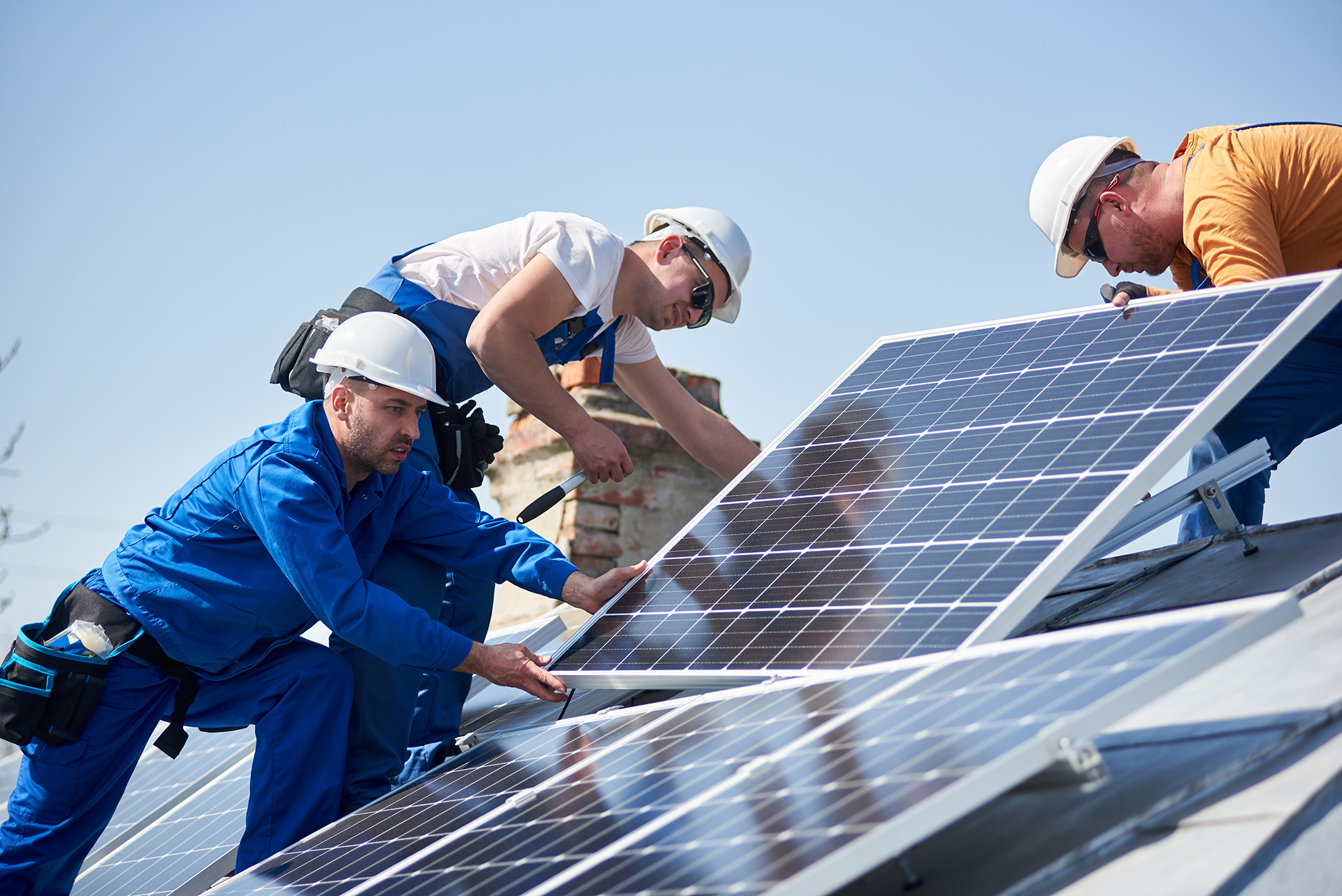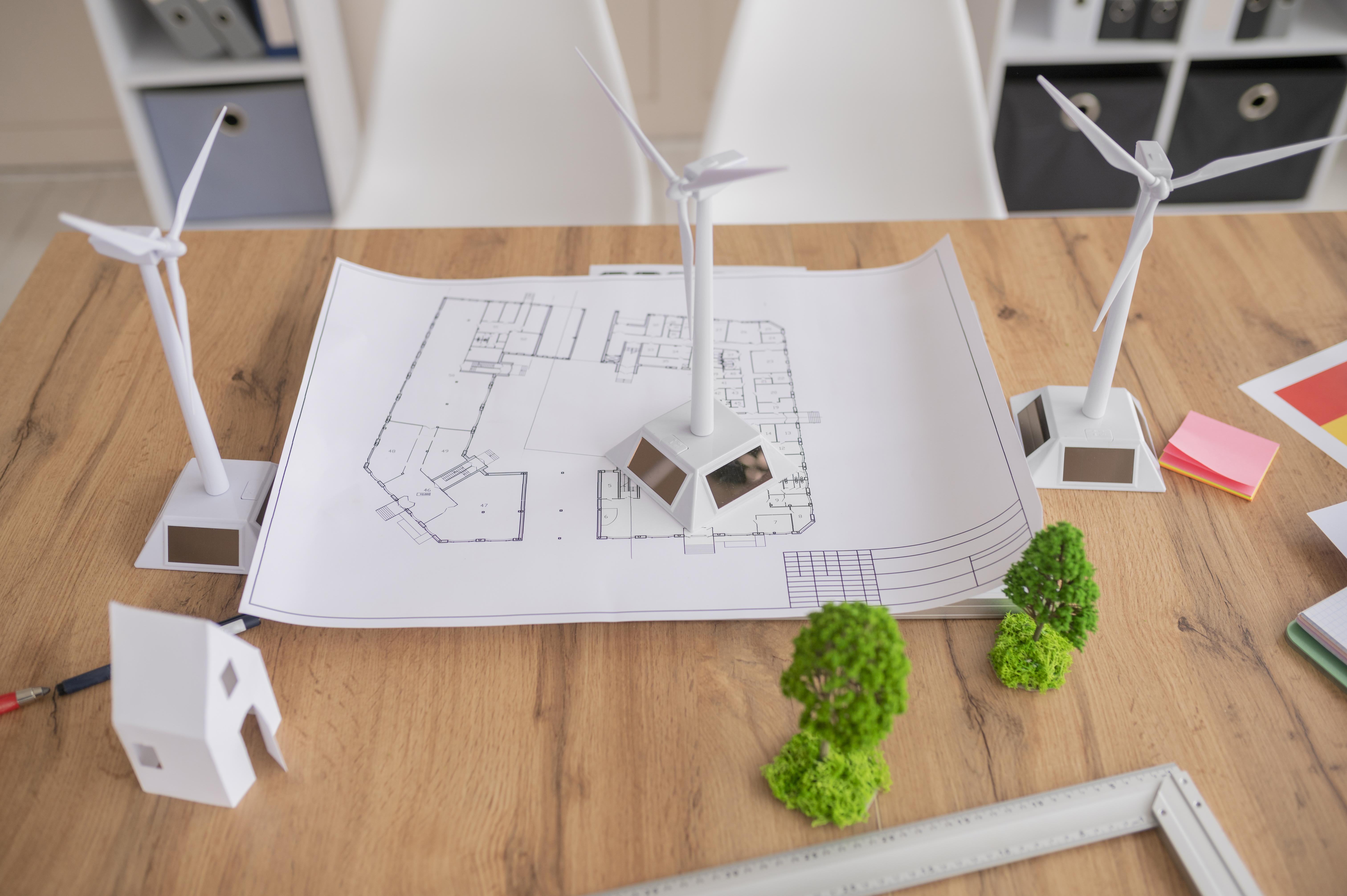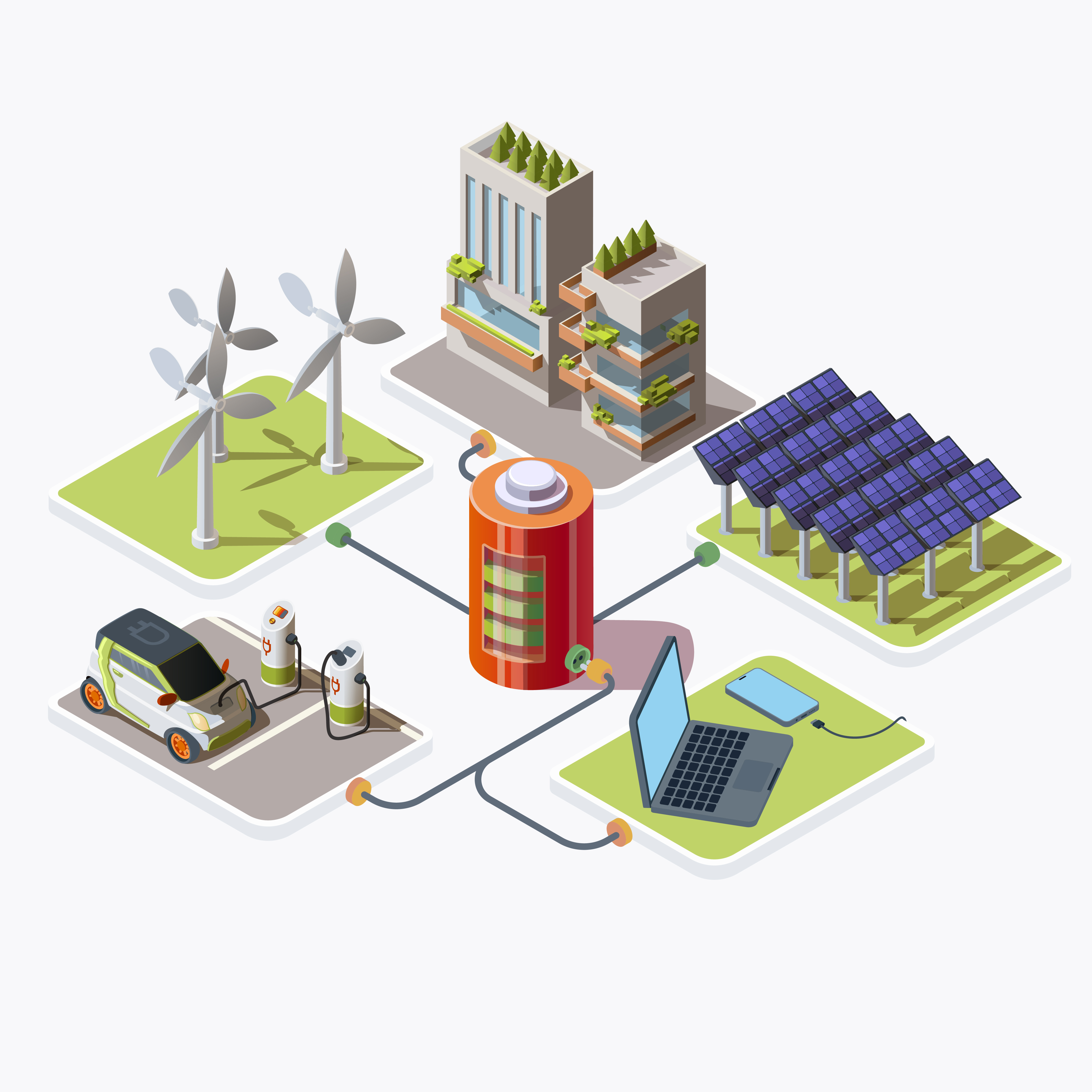Table of Contents
ToggleIntroduction
In the quest for sustainable energy solutions, solar power stands out as a beacon of hope. As the world shifts towards renewable energy sources, installing solar panels has become an increasingly popular choice for homeowners and businesses alike. Not only does solar energy offer environmental benefits by reducing reliance on fossil fuels, but it also provides long-term cost savings and energy independence.
Importance of Solar Energy
Solar energy is abundant, clean, and renewable, making it a crucial component of combating climate change and reducing carbon emissions. By harnessing the power of the sun, we can create a more sustainable future for generations to come. Solar energy can significantly reduce electricity bills over time, providing long-term savings on energy costs. By generating your own electricity, you become less reliant on traditional energy sources and utility companies. Solar energy produces no greenhouse gas emissions or air pollutants, helping to mitigate climate change and improve air quality. Homes and businesses with solar panel installations often experience an increase in property value, making it a sound investment. Many governments offer incentives, tax credits, and rebates to encourage the adoption of solar energy systems.
Installing solar panels involves several steps, from initial planning and preparation to the final inspection and activation of the system. In this guide, we’ll walk you through each stage of the process, providing detailed instructions and tips to ensure a successful installation.
Pre-Installation Preparation
The first step in installing solar panels is to assess your energy needs and determine the solar potential of your property. Consider factors such as your average electricity consumption, available roof space, and the amount of sunlight your location receives.
Before installing solar panels, you’ll need to obtain permits and permissions from your local government or homeowners’ association. These regulations ensure that your installation meets safety and building code requirements. Selecting the right solar panels and equipment is crucial to the success of your installation. Consider factors such as panel efficiency, durability, warranty, and compatibility with your existing electrical system.
Installing solar panels is a significant investment, so it’s essential to calculate costs and budget accordingly. Consider the upfront costs of equipment and installation, as well as long-term savings on energy bills and potential incentives or rebates. Once you’ve completed the necessary pre-installation steps, it’s time to prepare the site for solar panel installation.Before installing solar panels, thoroughly inspect the roof or mounting location to ensure it can support the weight of the panels and withstand environmental factors such as wind and snow.
Clearing Any Obstructions and Ensuring Structural Integrity
Clear any obstructions, such as overhanging branches or debris, that may obstruct sunlight or pose a safety hazard to the installation. Additionally, ensure that the roof or mounting structure is structurally sound and free of any damage or deterioration. Proper orientation and tilt are essential for maximizing the efficiency of your solar panels. Ideally, solar panels should face south and be tilted at an angle equal to your latitude to capture the maximum amount of sunlight throughout the year.
Before installing solar panels, it’s essential to install the necessary wiring and conduits to connect the panels to your electrical system. This includes running wires from the panels to the inverters and electrical panel, as well as installing conduits to protect the wiring from damage. With the site prepared and the necessary equipment in hand, it’s time to begin the installation process.
Mount the solar panels securely to the roof or mounting structure using the appropriate mounting hardware and techniques. Ensure that the panels are properly aligned and spaced according to manufacturer specifications. Connect the solar panels to the inverters and electrical system using the appropriate wiring and connectors. Follow the manufacturer’s instructions carefully to ensure a safe and secure connection.
Grounding the System for Safety
Ground the solar panel system to protect against electrical hazards and ensure compliance with safety regulations. Proper grounding is essential to safeguarding both the system and anyone who may come into contact with it. Once the installation is complete, thoroughly test and verify the proper functionality of the solar panel system. Check for any issues or errors and address them promptly to ensure optimal performance.
With the solar panels installed and operational, there are several post-installation steps to complete to finalize the project. Schedule a final inspection of the solar panel installation to ensure that it meets all safety and building code requirements. Once approved, obtain any necessary permits or certificates to officially activate the system.
Take advantage of any available incentives, tax credits, or rebates for installing solar panels. Many governments and utility companies offer financial incentives to encourage the adoption of solar energy systems, so be sure to register and claim any available benefits. Regular maintenance is essential to ensure the continued performance and longevity of your solar panel system. Establish a maintenance schedule to clean the panels, inspect for damage or wear, and address any issues promptly.
Conclusion
Installing solar panels is a significant step towards a more sustainable and energy-efficient future. By harnessing the power of the sun, we can reduce our carbon footprint, save money on energy costs, and contribute to a cleaner environment for generations to come. Follow the steps outlined in this guide to embark on your solar journey and reap the numerous benefits of solar energy.
FAQS
What factors should I consider when choosing solar panels for my home?
Answer: When selecting solar panels, consider factors such as panel efficiency, durability, warranty, and compatibility with your existing electrical system. Additionally, assess your energy needs and solar potential to determine the appropriate size and type of panels for your property.
How long does it take to install solar panels?
Answer: The installation timeline for solar panels can vary depending on factors such as the size of the system, complexity of the installation, and weather conditions. On average, residential solar panel installations typically take one to three days to complete.
Do I need to hire a professional installer, or can I install solar panels myself?
Answer: While it is possible to install solar panels yourself, it’s generally recommended to hire a professional installer for several reasons. Professional installers have the necessary expertise and experience to ensure the installation is done safely and correctly, maximizing the efficiency and longevity of your solar panel system.
What permits and permissions are required to install solar panels?
Answer: Before installing solar panels, you’ll need to obtain permits and permissions from your local government or homeowners’ association. These regulations ensure that your installation meets safety and building code requirements. A professional installer can assist you in obtaining the necessary permits and navigating the approval process.
How much does it cost to install solar panels, and are there any financing options available?
Answer: The cost of installing solar panels varies depending on factors such as the size of the system, equipment selected, and installation labor. On average, residential solar panel installations can cost anywhere from $10,000 to $30,000 or more. However, there are various financing options available, including solar loans, leases, and power purchase agreements (PPAs), which can help make solar more affordable for homeowners. Additionally, many governments and utility companies offer incentives, tax credits, and rebates to offset the cost of installing solar panels.







